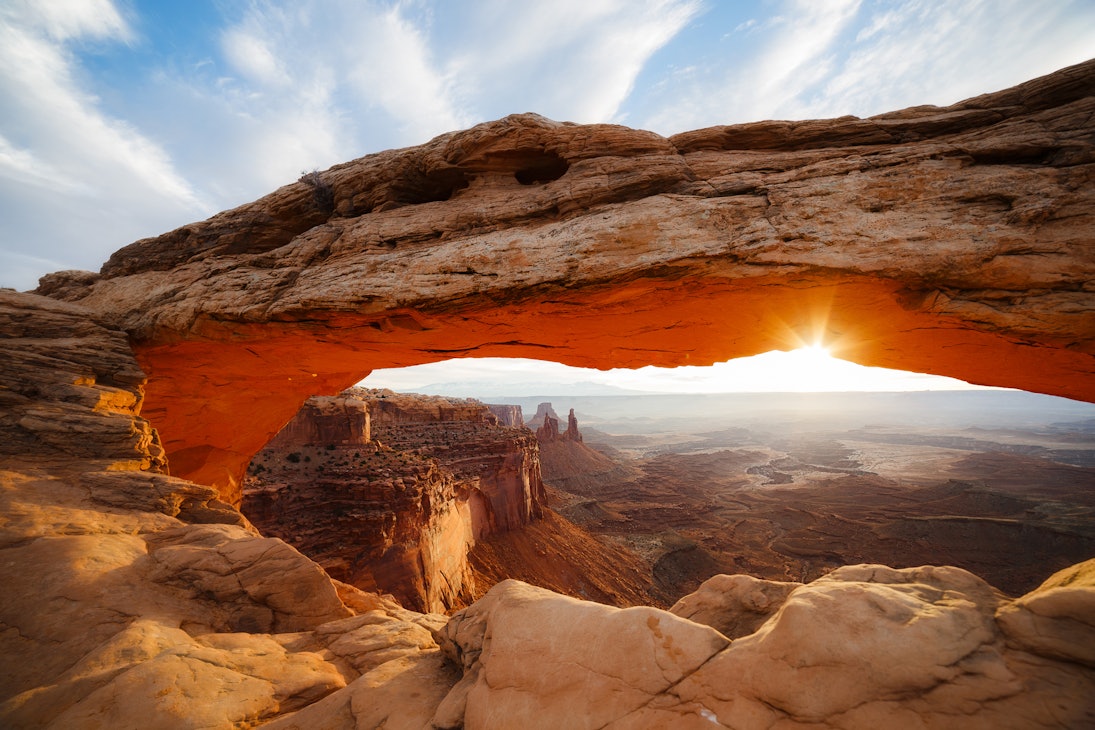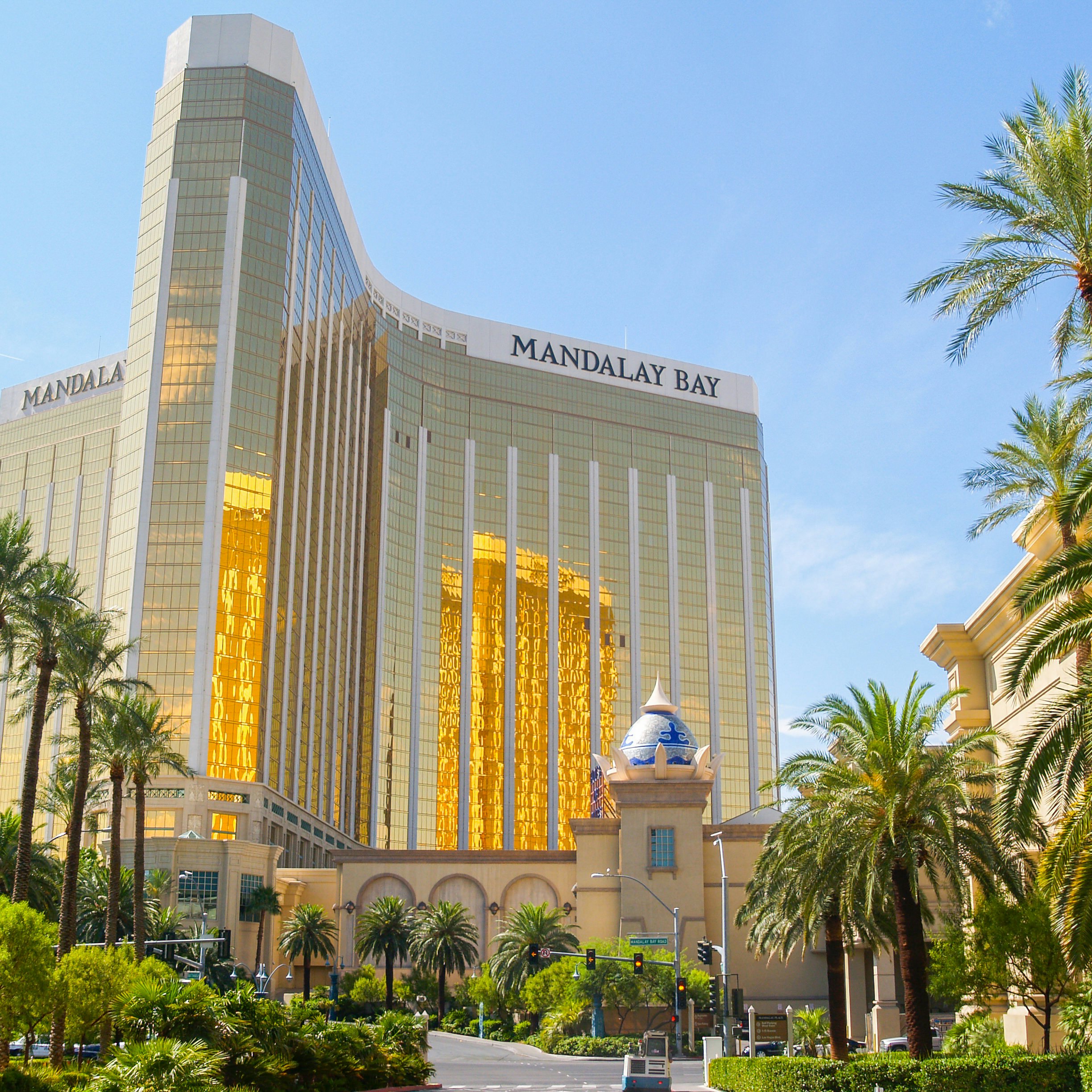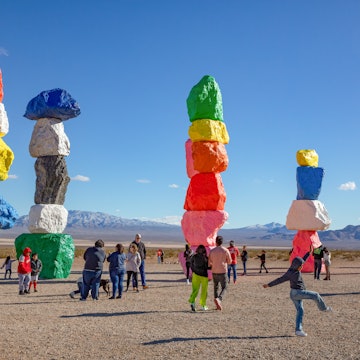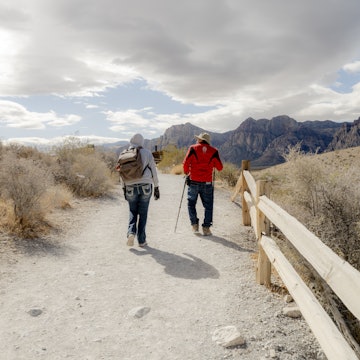

Nathan Yan / Stocksy United
Overview
Rugged. Beautiful. And fun. The Southwest is the ultimate playground, luring adventurers with red-rock canyons, Wild West legends and the kicky delights of green chile stew.
Leave the planning to a local expert
Experience the real The Southwest. Let a local expert handle the planning for you.
Must-see attractions
in partnership with getyourguide






















